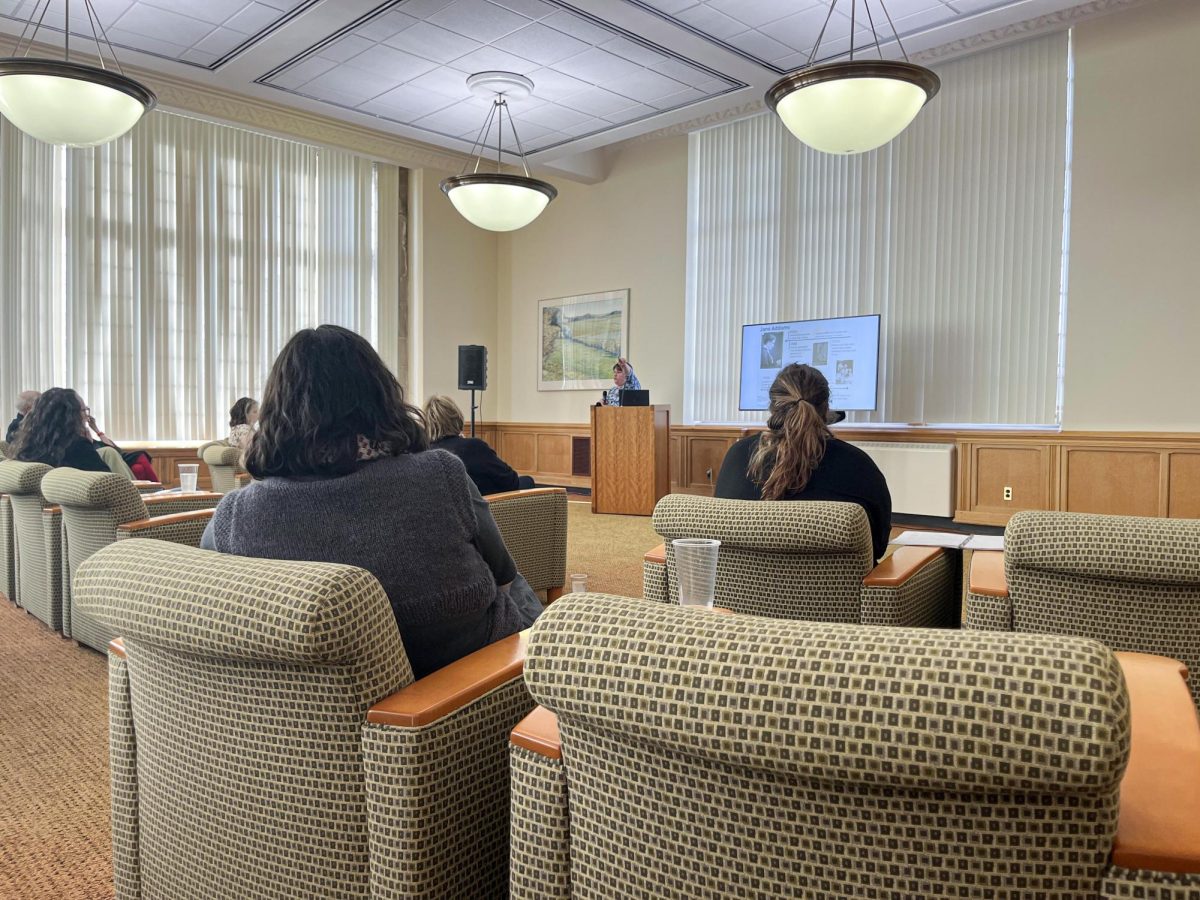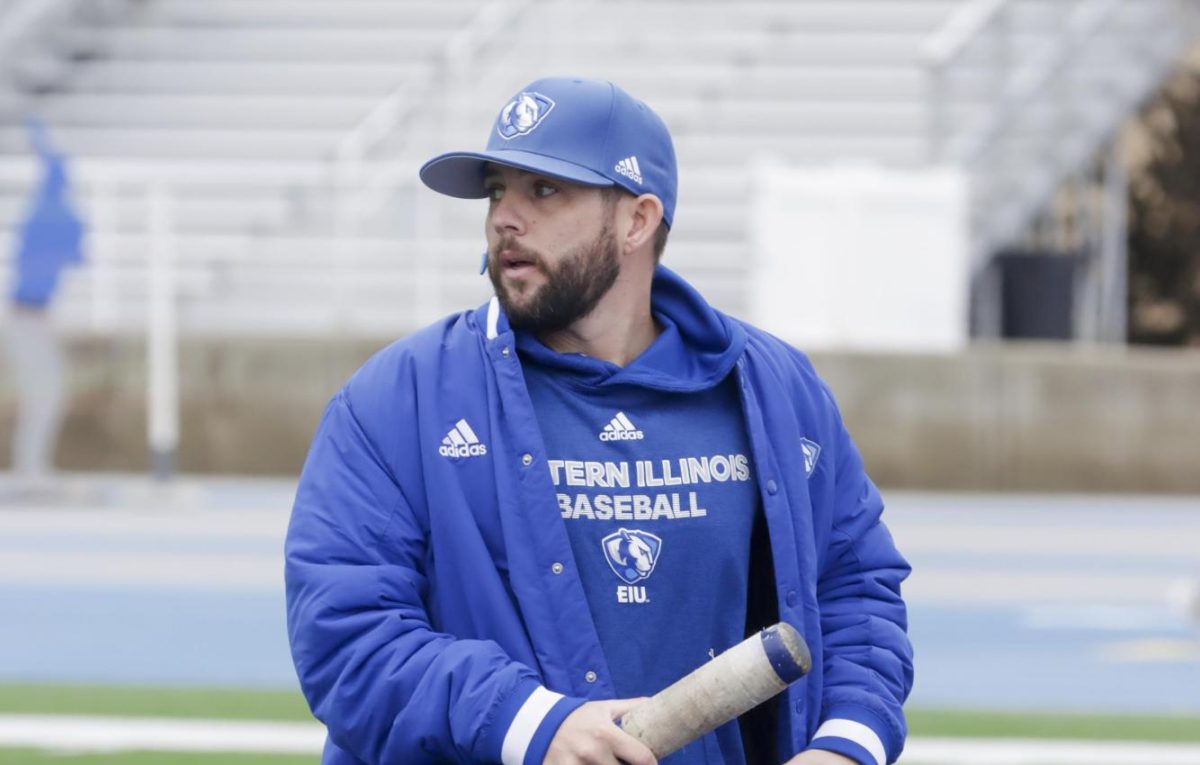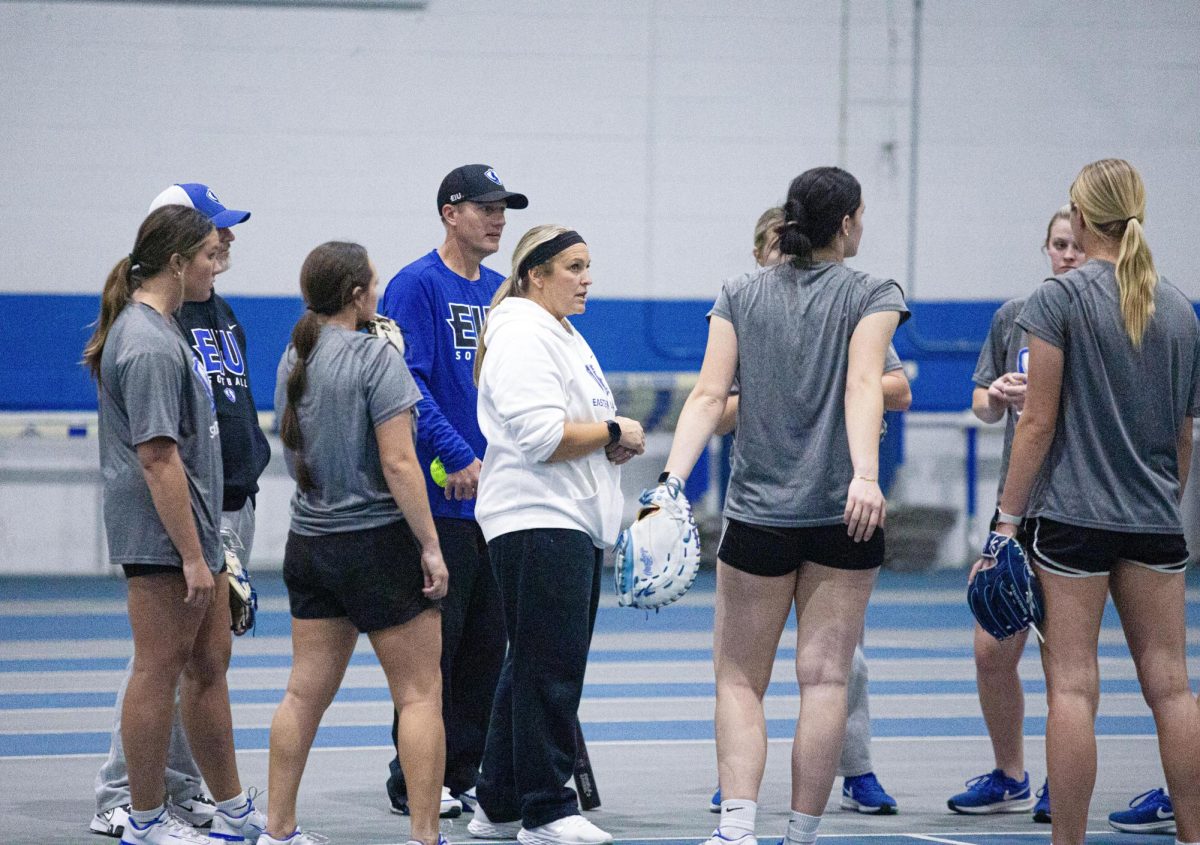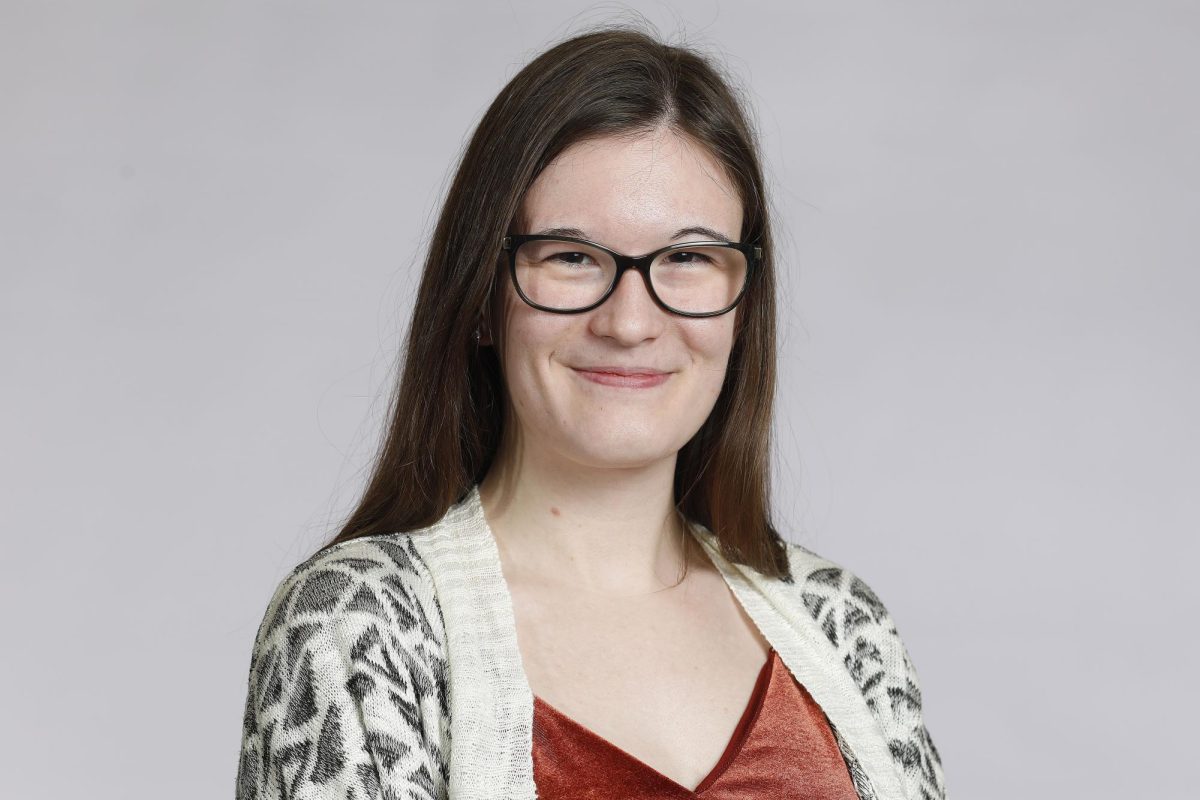Column: ‘Two Sentence Horror Stories’ sheds light on real world issues
March 12, 2021
The show “Two Sentence Horror Stories” on Netflix is creepy in more ways than just an entertaining, scary story. The show, now in its second season, has a similar vibe to it like “Black Mirror.” What I find most appealing about both of these shows is that while they contain fictional elements, they still hit hard on real-world issues.
For example, in the ninth episode of the second season, there’s a huge underlying message that is worth paying attention to. As the episode begins, we meet the two main characters, Eneh and Adaora, who are twin sisters. Shortly after, Adaora suffers from a stroke and is rushed to the hospital.
Eneh tries to get Adaora seen by a doctor for several hours. Eneh knows her sister is at risk and is desperate to receive the help they need. She briefly speaks with a doctor, who tells her that if she isn’t happy with the care provided, she can go somewhere else. Because of the neglect of the hospital staff, Adaora suffers from another stroke rendering her unable to move or speak.
While the rest of the episode contains supernatural abilities between the twins and involves a demon they have to get rid of, the scariest part of it has nothing to do with the paranormal themes. The scariest parts are the most truthful parts.
Adaora is moved to a wing of the hospital for stroke patients. While there, Eneh notices how understaffed they are, and how the patients aren’t receiving quality care. She goes to speak with the head nurse, who tells her to look around. Eneh soon realizes this wing is predominantly Black.
Unfortunately, this isn’t actually surprising. Of course, this doesn’t happen everywhere but it happens enough. It’s actually incredibly common for Black men and women to feel neglected by their healthcare providers, or to feel like they aren’t being heard.
Like in Adaora’s case, had the white doctors just listened to her sister, her second stroke could’ve possibly been prevented.
Black women are three times more likely to die from pregnancy as compared to white women, and the mortality rate for Black infants are twice as high as mortality for white infants, according to a report done by The Century Foundation.
These are just a couple statistics to point out the major differences of Black people’s health as compared to white people. Now, a lot of this has to do with the fact that there are massive social changes across the board that need to be made. It’s important to be aware of these social determinants and educate yourself on them, so maybe you can help be a part of the change that is needed.
Gillian Eubanks is a junior health communication major. She can be reached at 581-2812 or gdeubanks@eiu.edu.






![[Thumbnail Edition] Eastern Illinois University baseball's hitting coach and recruiting coordinator Mike Pugliese urges players on the team to increase their effort after a slow start to its pregame routine at the team's first intrasquad scrimmage of the season at O'Brien Field on Jan. 31, 2025.](https://www.dailyeasternnews.com/wp-content/uploads/2025/03/BB_02_O-1-e1741909628540-1200x702.jpg)
![[Thumbnail Edition] Senior tennis player Luisa Renovales Salazar hits the tennis ball with her racket at the Darling Courts at the Eastern Illinois University campus in Charleston, ILL.](https://www.dailyeasternnews.com/wp-content/uploads/2025/03/Tennis_01_O-1-e1741807434552-1200x670.jpg)


![[Thumbnail Edition] Senior right-handed pitcher Tyler Conklin pitching in the Eastern Illinois University baseball team's intrasquad scrimmage at O'Brien Field in Charleston, Illinois on Jan. 31.](https://www.dailyeasternnews.com/wp-content/uploads/2025/03/TC_01_O-e1741567955534-1200x669.jpg)






![[Thumbnail Edition] Senior, forward Macy McGlone finds an open teammate to pass the ball too during the game against the Tennessee State Tigers 69-49, in Groniger Arena on the Eastern Illinois University campus, Charleston Ill.](https://www.dailyeasternnews.com/wp-content/uploads/2025/03/WBB_02_O-1-e1741228987440-1200x692.jpg)


















![E[Thumbnail Edition] Eastern Illinois softball freshman utility player Abbi Hatton deciding to throw the softball to home plate in a fielding drill during softball practice at the field house in Groniger arena on Tuesday Feb. 11.](https://www.dailyeasternnews.com/wp-content/uploads/2025/03/SB_03_O-e1741208880750-1-e1741209739187-1200x815.jpg)
















![The Weeklings lead guitarist John Merjave [Left] and guitarist Bob Burger [Right] perform "I Am the Walrus" at The Weeklings Beatles Bash concert in the Dvorak Concert Hall on Saturday.](https://www.dailyeasternnews.com/wp-content/uploads/2025/03/WL_01_O-1200x900.jpg)
![The team listens as its captain Patience Cox [Number 25] lectures to them about what's appropriate to talk about through practice during "The Wolves" on Thursday, March 6, in the Black Box Theatre in the Doudna Fine Arts Center in Charleston, Ill.](https://www.dailyeasternnews.com/wp-content/uploads/2025/03/WolvesPre-12-1200x800.jpg)


















